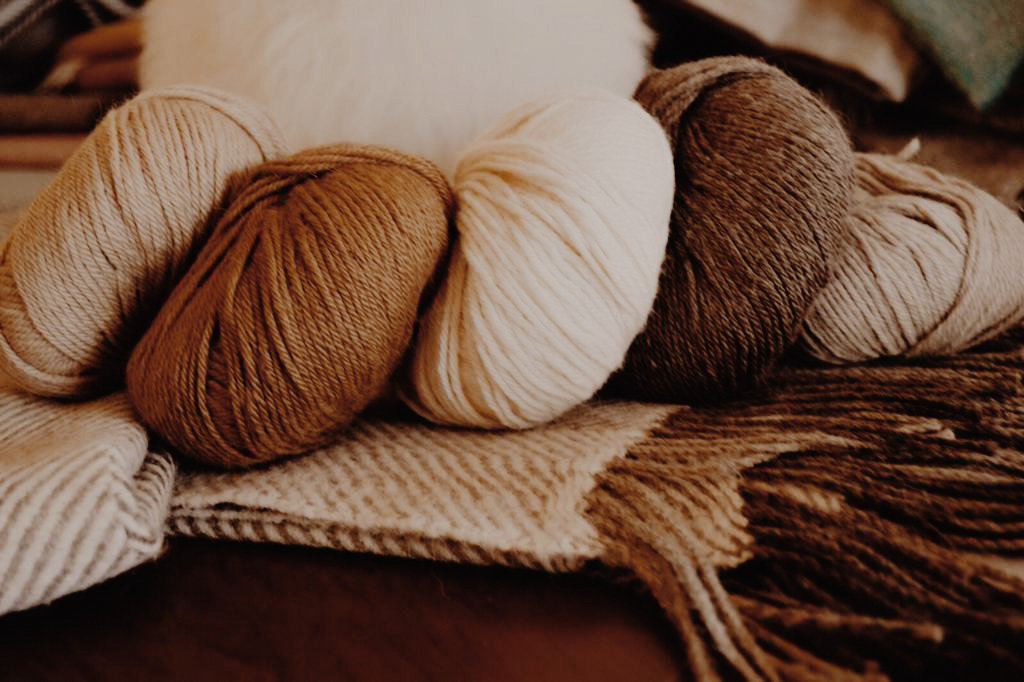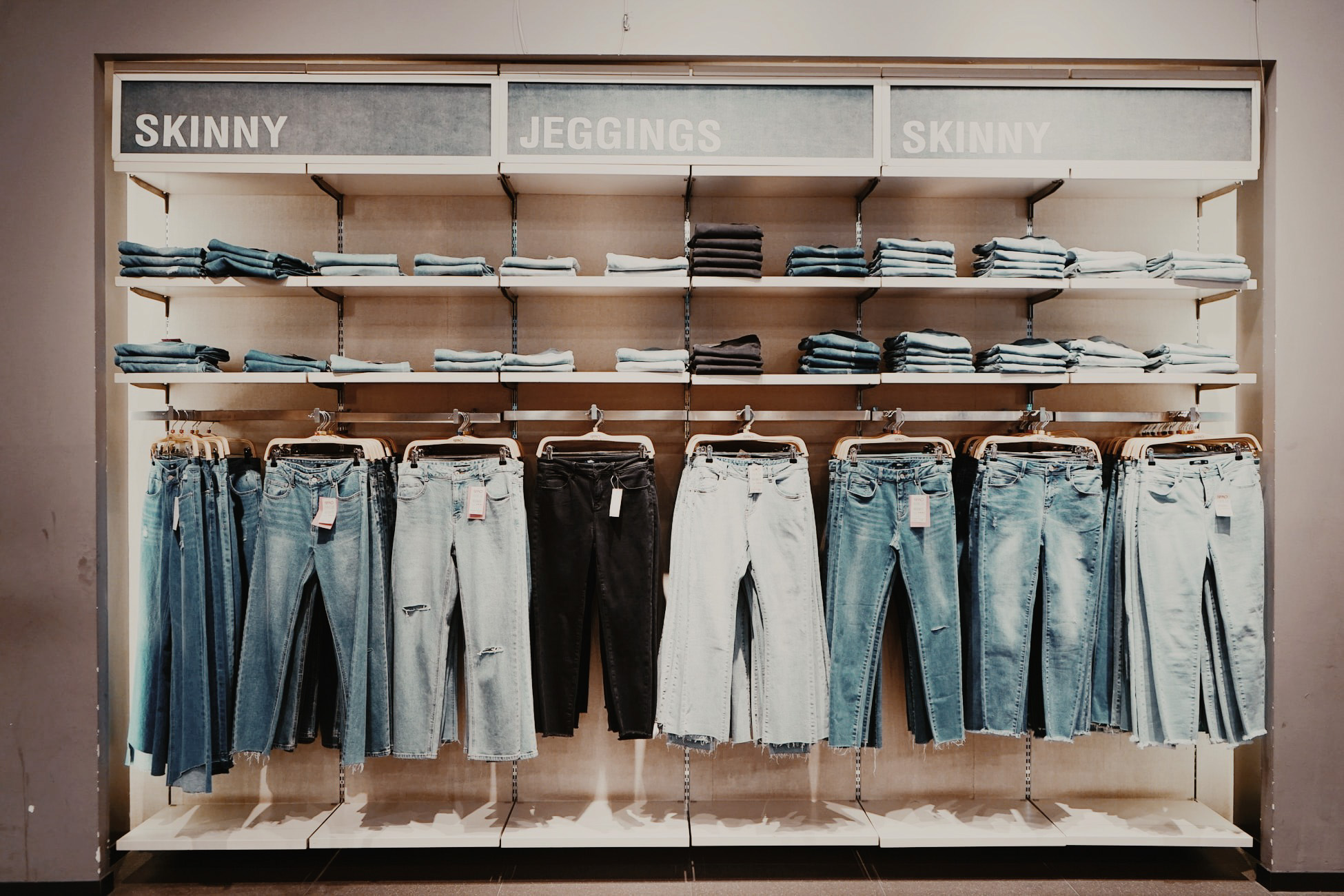How do we know that our clothes are produced with respect for the artisans?
Working conditions in the fashion industry
For years, the working conditions in the textile and fashion industry have been pointed out, especially in the southern countries. In spite of this problem causing harm both to humans and the environment, brands are fighting to benefit from low-cost labor. However, this labor creates ultra-flexible working conditions, which allows companies to take advantage of the very affordable products offered by the factories and subsequently increase profits to the maximum. It is because of the distance from the production plants to the stores that consumers tend to forget these conditions, which are sometimes perceived as slavery.
2013 marked the fashion industry by the collapse of the Rana Plaza, a factory in Bangladesh that housed garment factories for major brands such as Auchan, Benetton, Camaïeu, Carrefour, Mango or Primark, which caused the death of more than thousands of employees. Today, consumers have become aware of the importance of respecting employees and craftsmen. Low labor costs have encouraged many brands to move to these countries such as Pakistan or Vietnam. But this leads to cases of indecent wages, child labor, exploitation or insecurity at work in these precarious countries.
How do brands set the price of a garment?
To begin with, it is necessary to know that the selling price is not always strictly equal to the cost of the product.
To set its price, a brand must both take into account purely numerical data, i.e. up to what price it will be able to make a profit.
A brand in the fashion industry must also know the market value of its product. The market value of a product is actually determined by the customer.
This works by often only 2 questions on the part of the consumer that is psychological:
-Isn't the garment too expensive?
-At that price, is the garment of good quality?
Your answers determine a zone of acceptability, with a minimum price: it is the price which in your eyes, will rewrite you because you will think that a lack of quality manifests itself on the garment.
As well as a maximum price: it's the price that will make you doubt and give you a feeling of scam.
The price of acceptability (or psychological price): this is the price you agree to spend.
After analyzing sales, the average psychological price of all potential customers is then used by the brand to set its prices.
That's why brand labels count more and more for a large number of buyers and fashion enthusiasts.
3 steps to find an eco-responsible garment
The place of manufacture of a garment :
The place of manufacture of a garment is often a good indicator of the working conditions of the employees behind the sewing machine. You can look at some countries of manufacture considered certain for ethical brands such as France, Portugal, Spain, and Italy.
And yet, in many fashion stores, the majority of labels on clothes indicate the following countries: Bangladesh, Pakistan, India, China, Cambodia, Vietnam, Bulgaria, Turkey, or Ethiopia.
Fortunately, there are factories with responsible and decent social practices. In order to guarantee the well-being of the artisans during the making of the garments, certifying labels conduct regular and independent controls: Fair Trade (Max Havelaar), Fair Wear Foundation (FWF), SA 8000...
The design of a garment and its environment :
In order to know if our clothes are produced with respect for the craftsmen, we have to follow the manufacturing process of a garment.
To limit the carbon emissions linked to the transport of our clothes, it is obvious that we must favor local manufacturing. As a reminder, a pair of jeans travels an average of 65,000 km before arriving at its destination, or 1.5 times around the world.
The design of a garment :
But where the supply of clothing is necessary, it is because the materials used for the design of a piece are generally not harvested in Europe.
Turkey and India are the largest producers of organic cotton. If the cotton is then processed into clothing on site before being sent to Europe, its transport is already optimized. And this also happens for wool!







